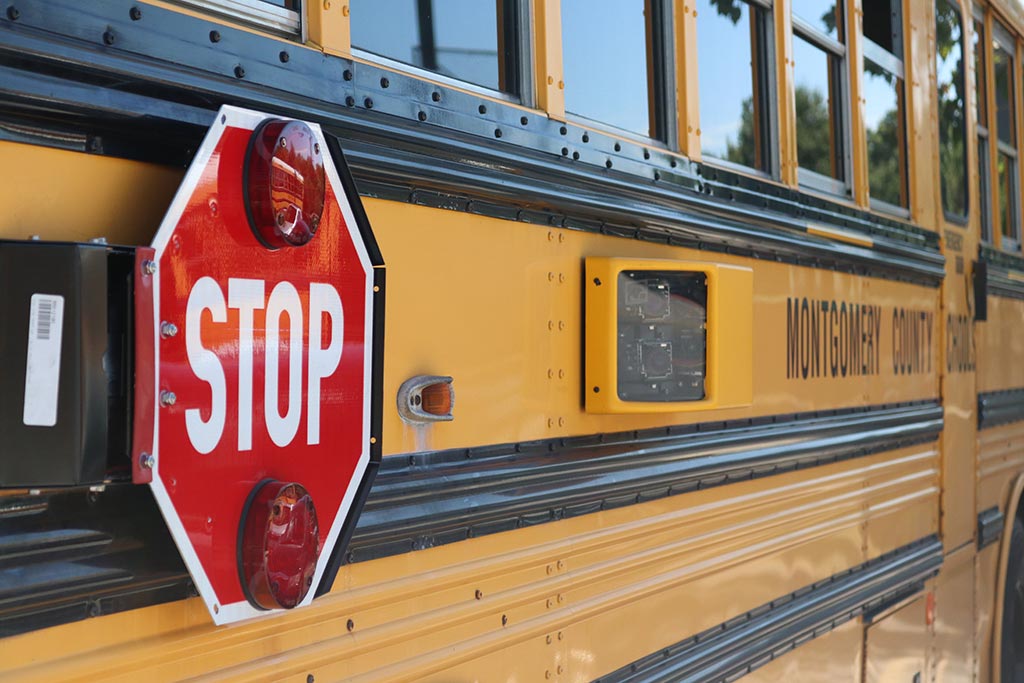Many of Maryland’s most populous districts are set to welcome some students back for in-person instruction Monday, marking the start of varying local plans in response to Gov. Larry Hogan’s push to reopen schools by March 1.
Maryland had the lowest percentage of in-person instruction operating in the nation at 10 percent as of Sunday, according to Burbio, a community event tracker.
That number is expected to change drastically come Monday, when Montgomery County, Anne Arundel County, Howard County, Baltimore City, Baltimore County, Harford County, and other smaller counties will bring some students back to school.
Prince George’s County became the final school district in the state to submit a reopening plan, early last week, detailing the return of students in April.
The number of days per week of in-person instruction varies in each district, with the most popular option being twice a week.
The schools will start with some grade levels, gradually bringing in more over the following weeks.
Students can still choose to attend school virtually only.
Hogan announced an executive order Tuesday requiring masks for anyone over the age of 5 on school grounds.
Early studies have shown little to no evidence that schools open for in-person instruction have led to a significant spread of the coronavirus in local communities.
The Centers for Disease Control and Prevention reported in January that schools should return students to the classroom so long as they follow proper safety guidelines such as wearing masks and social distancing.
Some Maryland districts have received criticism from teachers, who advocate for more specific and collaborative safety measures, while other districts have already opened with little to no resistance.
Teachers in some school districts, including Anne Arundel County, Howard County, and Montgomery County organized recent protests as they were instructed to return to work at their respective schools.
Maryland is one of the 35 states where teacher strikes are illegal, according to the National Council on Teacher Quality.
Cheryl Bost, president of the Maryland State Education Association, told Capital News Service that these protests and overall criticism toward specific reopening plans are intended to ensure the voices of educators are heard and considered when implementing these plans.
“It’s been a wrong narrative that we’re trying to not open schools,” she told CNS. “We want to open schools as long as they’re safe and healthy.”
Bost told CNS the key to maximizing the effectiveness of reopening plans is a collaboration between local district leaders, employees, and parents so that health guidelines are properly implemented.
Common safety measures from local districts include wearing masks, social distancing, and staggering the drop-off and pick-up times of students at multiple entrances and exits.
Bost also noted the importance of ensuring teachers are vaccinated before returning to schools, citing Cecil County as a prime example, where teachers have been vaccinated and started in-person instruction in February.
While Bost criticized other counties for not vaccinating teachers before beginning in-person instruction, she said those educators are rightfully complying with reopening guidelines while voicing their concerns.
The CDC has continued to assert in recent weeks that the vaccination of teachers is not a prerequisite of reopening in-person instruction.
Teachers with health concerns regarding COVID-19 exposure should be specifically accommodated regarding the safety of reopening efforts, the CDC reported.
Roughly half of in-person instruction is open across the country, according to Burbio.

